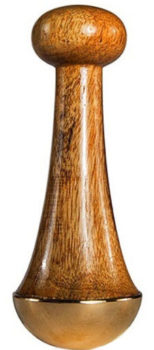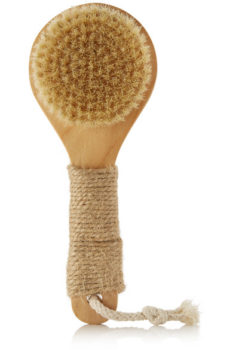Similar to a hammock, the pelvic region comprises muscles and connective tissues that hold pelvic organs in place. Pelvic organ prolapse occurs when pelvic muscles weaken, causing organs in that region to press into or out of the vagina, forming a bulge. While pelvic organ prolapse is treatable, understanding the symptoms and available treatment options can help people at risk of this condition maintain their pelvic health and general well-being.
What is pelvic organ prolapse?
Pelvic organ prolapse occurs when one or more pelvic floor organs, including the cervix, bladder, uterus, or rectum, slip down from their normal position and bulge into the vagina. This may be due to weak or damaged pelvic floor muscles caused by hormonal changes during menopause, childbirth, heavy lifting, long-term constipation, and the surgical removal of the uterus, known as hysterectomy.
If you’re dealing with pelvic organ prolapse, you’re not alone. Statistics reveal that 1 in 4 women in their 40s, 1 in 3 in their 60s, and half of all women in their 80s experience it.
For many women with pelvic organ prolapse, the condition remains familiar but often undisclosed. According to the Office of Women’s Health (OASH), many women mistakenly believe their experiences are normal and, as such, feel embarrassed to discuss their symptoms with a healthcare provider. However, pelvic organ prolapse is treatable, and addressing it with a medical professional can pave the way for effective management and improved quality of life.
Women with pelvic organ prolapse may experience uncomfortable pressure during sex or physical activity. Other symptoms may include:
- Feeling of pressure or fullness in the pelvic area
- Urinary incontinence or leaking urine
- Seeing or feeling a bulge or lump in or out of the vagina
- Pain or aching in the lower back
- Vaginal spotting
Managing pelvic organ prolapse
The doctor will conduct a physical exam to measure the prolapse severity on a scale of 1 to 4, ranging from mild to most severe. This will determine the type of treatment plan, which may include:
Pelvic floor muscle therapy
Before considering other forms of treatment, your trusted healthcare provider may recommend 16 weeks of supervised pelvic floor muscle therapy, such as kegel exercise, to strengthen the pelvic floor muscles. Kegel exercise involves holding the pelvic floor muscles, similar to stopping the flow of urine. Identify these muscles, then contract and hold them for a few seconds throughout the day, aiming for multiple repetitions.
Vaginal pessaries
A pessary is a removable device inserted into the vagina to support the vaginal walls and pelvic organs. They come in different shapes and sizes and are a better option for people who may not tolerate the side effects of surgery.
Hormonal treatment
For women going through menopause, vaginal estrogen therapy, available as tablets, cream, or a vaginal ring insertion, can help. This treatment can alleviate discomfort associated with pelvic organ prolapse, offering relief from symptoms.
Lifestyle modifications
If the symptoms of prolapse are mild, making some lifestyle changes can prevent the progression of the condition. This includes losing weight, eating a high-fiber diet to avoid constipation, and avoiding lifting heavy objects.
















